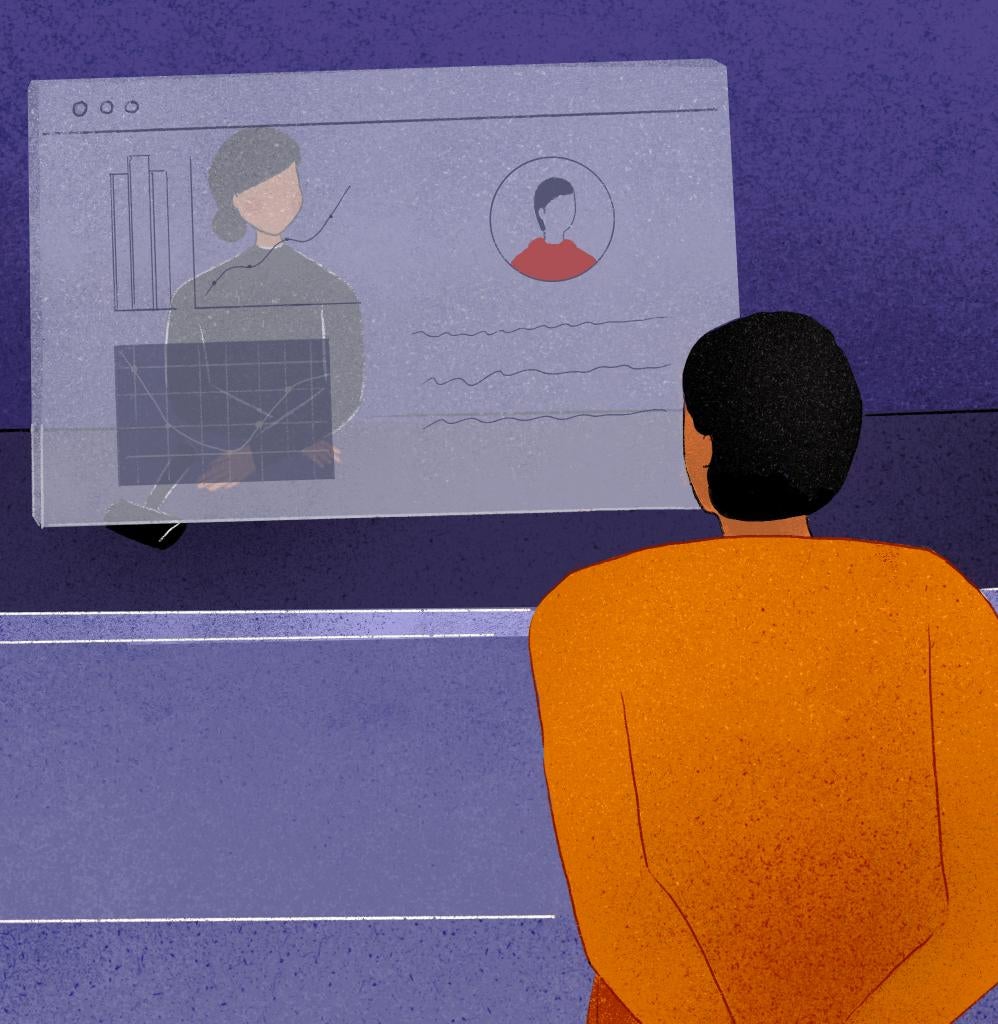Trial & sentencing
After trial, the judge in your case decides to enhance your sentence based on her determination that you are likely to be arrested again in the future. You will be eligible for parole in two years.

Risk assessment technologies: sentencing
Judges use RATs to inform sentencing decisions. RATs calculate the probability that a person will reoffend in the future. Judges may rely on that calculation in making a judgment about that person’s supposed “dangerousness.”

